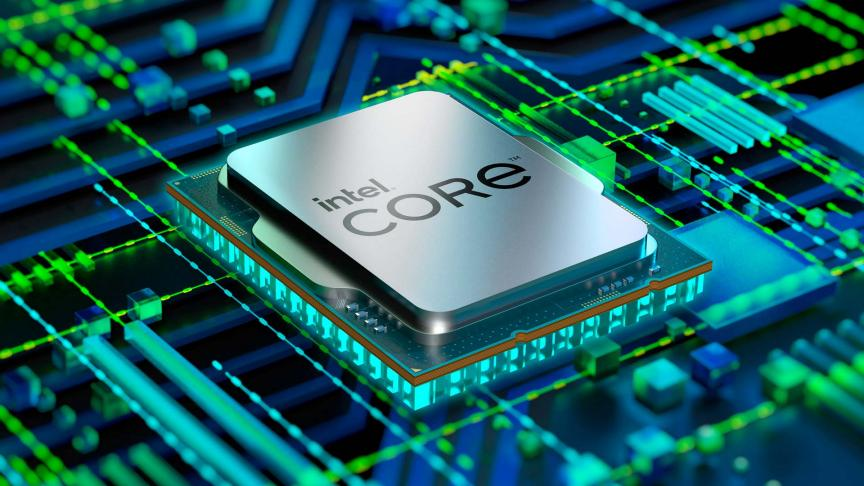Intel’s new Arrow Lake CPUs are a big deal. They utilize an entirely new architecture and come with a new socket, which will help them compete for a spot among the best processors. However, it looks like some upcoming Core 200-series CPUs (the non-Ultra versions) might not use the Arrow Lake/Lunar Lake architecture at all — they might be rebranded CPUs sporting older CPU tech.
The assumption comes from results in the Crossmark benchmark that were posted to Bapco and first pointed out by Everest on X (formerly Twitter). The result shows the Core 5 210H, but it’s not the performance that’s interesting. It’s the specs. The result shows that the CPU comes with eight cores and 12 threads. That’s the rub. Arrow Lake and Lunar Lake don’t come with Hyper-Threading, so each core only comes with a single thread.
This isn’t new for Intel. The company rebranded Raptor Lake (13th-gen) processors under its Meteor Lake branding with the Core-U (Series 1) lineup, and it looks like we’ll see something similar happen again here. As pointed out by Tom’s Hardware, the performance of the Core 5 210H in this benchmark is actually a bit lower than the Core i5-12450H, so it’s definitely possible that Intel will use branded Alder Lake and Raptor Lake chips for the non-Ultra Core 200 range.
It’s important to highlight that this only applies to laptops, at least right now. Although the desktop Arrow Lake and mobile Lunar Lake chips use the same architecture, Intel divides them up in different ways. A Core Ultra 200S processor is Arrow Lake for desktops, while a Core Ultra 200V is Lunar Lake for mobile. Intel also says it plans to release higher-end Arrow Lake chips for laptops using the H or HX suffix.
The ones you need to watch out for are the non-Ultra chips like the Core 5 210H. Based on this benchmark, it looks like these CPUs are using an older architecture, just with a new name. Intel will likely launch these CPUs without much fanfare and target them at budget laptops over the next several months.
Arrow Lake CPUs aren’t here yet, but Intel is releasing them on October 24 for desktop — the mobile range should arrive shortly after, likely targeting high-end gaming laptops where Lunar Lake might not make sense. Once it’s here, it’ll be tough to know what CPU you’re getting, at least in a laptop. If Intel is indeed using both repurposed Alder Lake and Raptor Lake designs for the non-Ultra Core 200 series, you’ll have to do some digging on the individual CPU model to see what you’re really getting.



